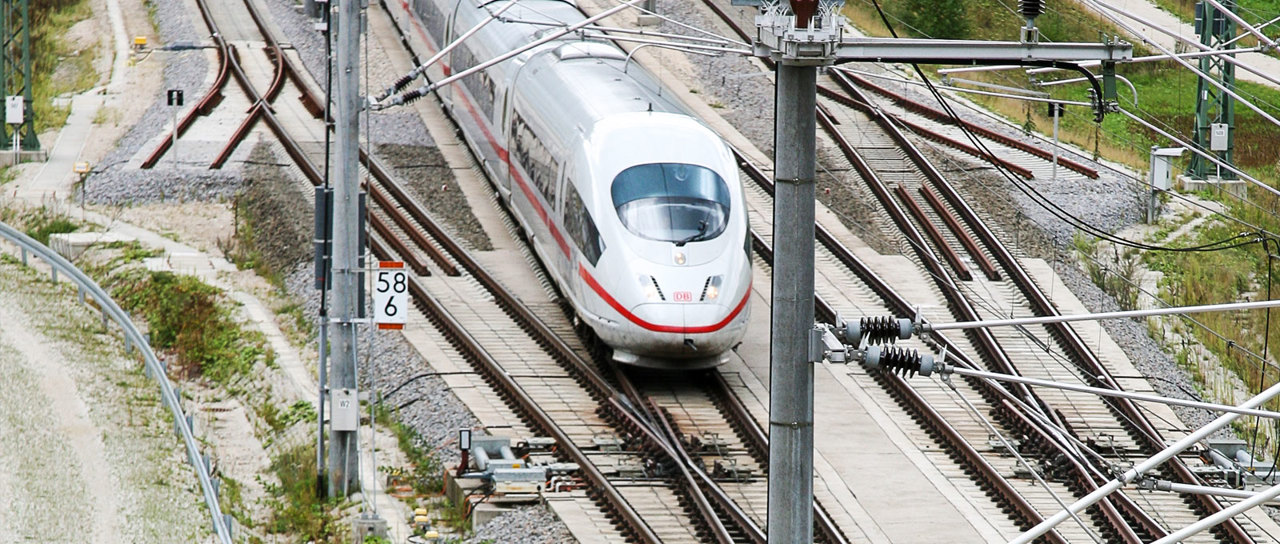When you want to improve the railway infrastructure, it is not enough to make heavy investments in new signaling, rail control and communication systems. You also have to make sure that you protect the sensitive trackside equipment through proper sealing of shelters, cabinets and enclosures.
Pioneering manufacturers of shelters, cabinets and enclosures have already discovered the new way of sealing cable and pipe penetrations in rail engineering. By using mechanical transits for multiple cables and pipes, consisting of lightweight frames and rubber sealing modules, they manage to help owners and designers protect equipment against multiple risk factors, such as water ingress, humidity, fire, rodents and vibration, in accordance with the specified technical requirements. They select certified seals that meet all North American standards, and that are both NFPA 130 and Buy America compliant.
Time to replace the cable glands
Traditional cable glands for entries into shelters, cabinets and equipment may respond to some of the requirements, but they require too much space, too much labor and too many holes – one for each cable as well as a new opening for any additional cable. They cannot compare with the new type of sealing solutions when it comes to meeting practical cost-efficiency challenges such as standardization for quick and repeatable work within design, engineering, installation and upgrades.
Efficiency throughout the chain
The new seals have changed the way the railway industry looks at efficient cabinet sealing. The seals enable routing and sealing of many pre-terminated cables through each opening. This reduces the number of potential leak paths, simplifying and speeding up installation in factories and retrofits in the field.
Prior to providing shelters and housings for the crucial signaling equipment, lead engineers should make sure they use modern sealing technology that provides full protection and is easy and efficient to work with and maintain. The selected sealing solutions should also be easily attainable from local sources and come with design, engineering and onsite installation support anywhere in the USA or Canada.
Flexible solutions in Washington D.C
The new seals contribute to safe and timely transportation of people and goods all over North America. For example, they secure power supply, prevent water from damaging equipment and minimize danger in case of fire in the Dulles Corridor Metrorail Project in Washington, D.C. They seal around fiberglass conduits, power cables and shielded cables of different sizes in the new stations and substations as well as on passenger platforms and aerial decks. The seals offer built-in spare capacity and simplify adding and removing cables in the future. You just loosen up a few bolts and take it apart in a secure way.
“The products work very well for us, as they can accommodate various sizes of cable. It makes it easy to do the design work and to handle changes in the field”, says Senior Traction Power Engineer Rich Farland of Dulles Transit Partners.
Are you curious about the new way of sealing within rail engineering?


